Basements always seem to need extra management when it comes to temperature and all the associated considerations that go with it. They are often the chilliest rooms in the house, yet they house the furnace. They are prone to also prone to damp. Many people worry that all the warm air from the upstairs floors will be lost to the basement in winter if it gets too cold.
The ideal winter temperature for a basement is a little more complicated than one would hope. Thankfully, the complication is limited to what the room is used for and what is in it. Once you have established that, there are some things to consider for achieving your optimal temperature.

Unfinished basements can be 55-60 °F, while finished basements might need to with the range of 68-76 °F. The optimal temperature for energy-saving in winter is 68 °F. The winter temperature for a basement depends on temperature goals, the use of the room, and whether it is finished.
Goals of Controlling Basement Temperature
The optimal temperature for your basement depends on what you need from the space. So, it is important to consider your goals for the basement.
Making It Pleasant to Live In
If you are looking to use the basement space as a living area, some changes will need to be made if it’s a previously unused part of the house or is unfinished. Steps will need to be taken to prevent the plummeting winter temperatures from making it unpleasant and inhospitable.
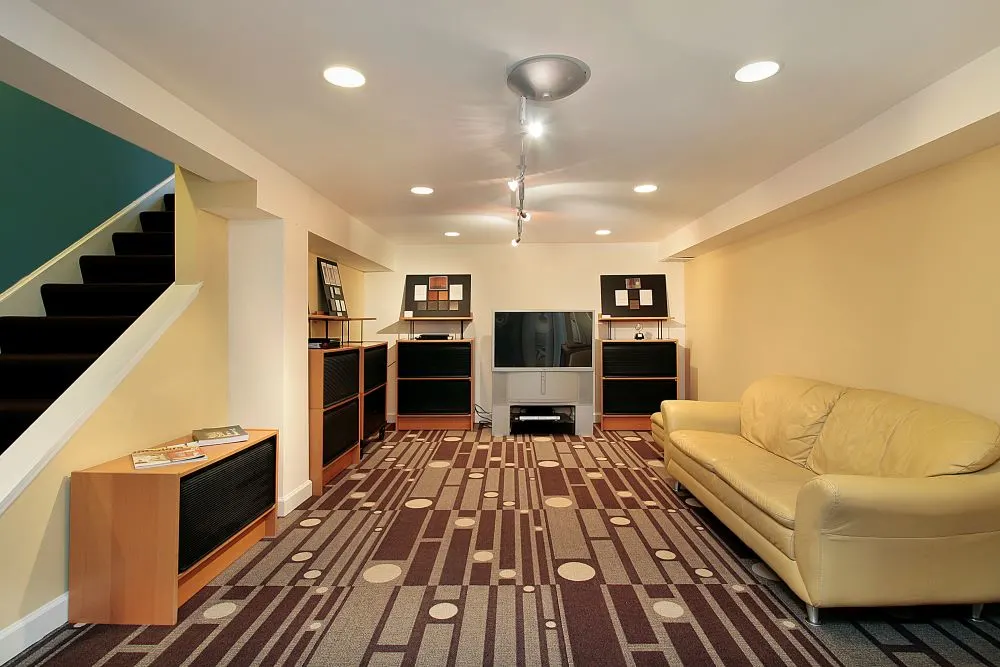
These steps include insulation and sufficient conditioning, which involves dealing with basement humidity. You will need to address the temperature as well as prevalent damp and mold concerns for basements in order to make the room comfortable to live in. Once you have insulated the basement, there are a number of ways you can keep it warm.
Controlling Its Impact on the House
Controlling the impact of the basement on the rest of the house has to do with thermal envelopes (the separation of conditioned and unconditioned spaces), which we will look at in a later section, and conditioned space.
Section N1101.5.1 of the International Residential Code (IRC) defines conditioned space as:
“An area, room or space that is enclosed within the building thermal envelope and that is directly heated or cooled or indirectly heated or cooled.”
This means that the parts of your house that are temperature controlled by your HVAC system are directly heated or cooled conditioned spaces.
If your basement air and temperature can interact with these spaces because it is not isolated by insulation, this is considered an indirectly heated or cooled conditioned space and needs to be managed to prevent adverse impacts on your living space.
In this case, a cold basement in winter will make your house colder by extracting heat from your directly heated areas.
Creating Ideal Environment for Specific Uses
You might be converting the basement into a gym, mancave, bedroom, laundry room, garage, workshop, or root cellar. Or perhaps you run a business and want to use the basement as a storage room for products. The specific use you have in mind will dictate the temperature you need to achieve.
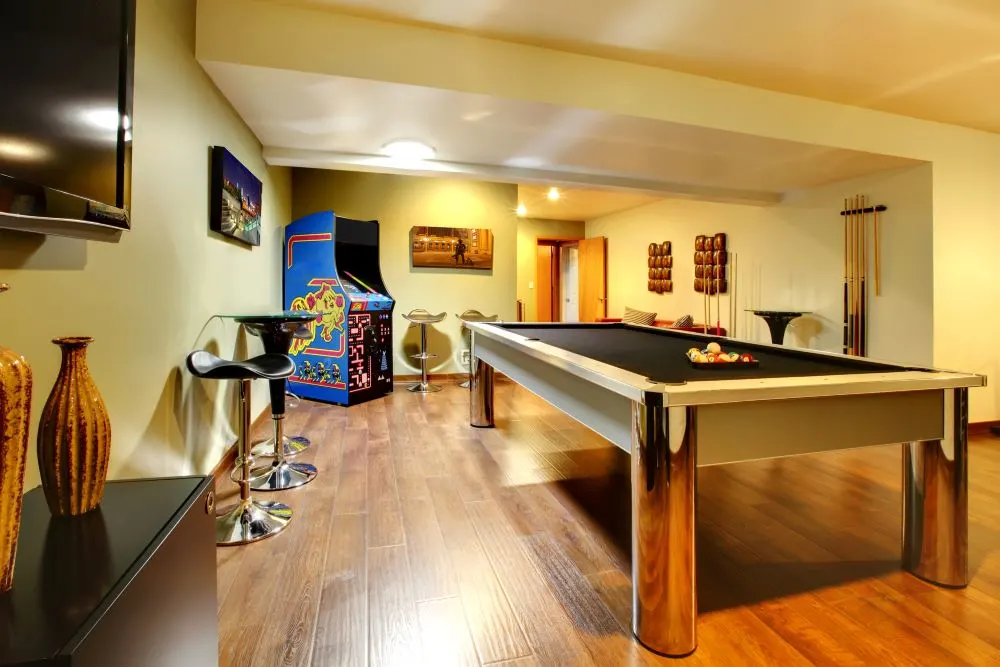
For example, a basement garage protects cars from direct exposure to cold, snow, wind, and rain. But the actual temperature of the garage doesn’t need to be the same as your living room.
If you run a business from your home, you might want the basement to be a bit colder to help preserve products, but you certainly don’t want it cold enough to create condensation issues.
Preventing Damp and Mold
Basements are also notorious for hosting their own, independent climate, and damp and mold are common difficulties in basements, especially if they are unfinished.
A colder basement will certainly keep away the humidity. This is because cold air has a limited capacity for holding moisture, lower than that of warm air, which means you won’t have humidity troubles and the accompanying mold.
However, a basement can be too cold. If a basement is too cold, air will reach the condensation point. The water held in the air will condense into droplets and puddle in your basement.
Neither excessive humidity nor condensation is good for preventing structural damage or mold problems. Not to mention the fact that damp in the basement can also affect the upstairs.
Best Temperature for Basement in Winter
The average temperature range for a living space is 68 °F to 76 °F. This range does depend on the season and area you are currently in. During winter, the standard, ideal temperature for a living space (i.e., your finished basement) is 70 °F.
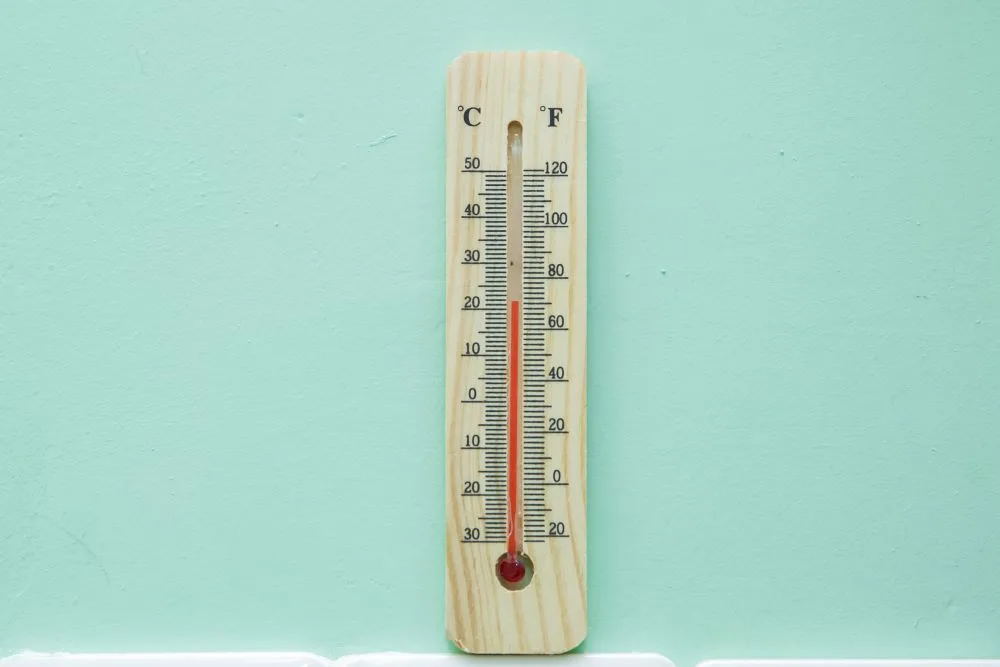
If your basement is an unfinished space, the temperature you need to aim for is a little lower. During winter, your unfinished basement should sit around 55 °F to 60 °F.
You can, of course, increase or decrease the standard temperature to best suit your personal preferences. For example, I like to keep things a little more toasty—but then, some people wear shorts when I think it’s freezing out.
Factors Affecting Ideal Basement Temperature
Although the above temperature range can be called the “best” temperature for a basement in winter, there is really no one right temperature for a basement and achieving the ideal depends on a number of factors.
Season
The season is a big influence on what temperature you want your basement to be. This is also impacted by what kind of seasons you experience. For example, winter temperatures in California are different from winter temperatures in Minnesota, and states such as Montana are considered cold all year round, while Florida is hot all year round. So, you need to consider your seasonal needs.
The rainfall distributions can also determine how you condition your basement for different seasons. Again, this applies more to unfinished basements as finished ones will be more regulated.
If you have a wet summer, you might need to keep your basement slightly warmer to prevent condensation from occurring before the air can be dehumidified. Or you may want to keep it slightly colder in wet winters to prevent the hot basement air from becoming humid.
Insulation
Insulation is crucial for controlling temperature. It prevents the transfer of heat, and so will not only help keep your basement warmer in winter, it will help keep it cooler in summer.
It also helps with damp and mold control, although it cannot directly control basement humidity.
Most basements must be insulated to help protect the thermal envelope. Insulation also gives you more choice in the temperature of a room by providing better control over temperature. Therefore, it’s helpful for your basement to have a basic level of insulation, particularly if you plan on heating it in the winter.
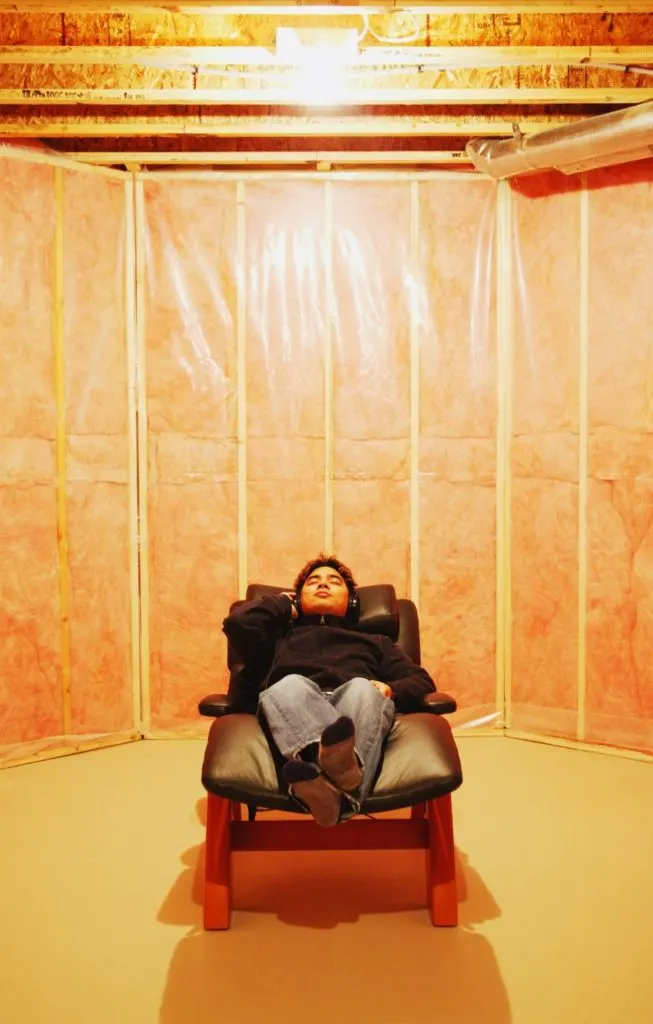
The insulation requirements for an unfinished basement and a finished basement are different. A finished basement is insulated as if it were one of the above-ground levels of the house, while unfinished basements are insulated according to several factors.
I have a comprehensive article on the Unfinished Basement Insulation Code if you need some help figuring out the best insulation for your basement. It is worth noting that even if you meet the requirements for exemption from basement insulation, it would mean you don’t get the temperature control benefit of the covering.
Is Basement Part of Thermal Envelope?
According to the IRC, Section N1101.5.1, a building thermal envelope is defined as follows:
“The basement walls, exterior walls, floors, ceilings, roofs and other building element assemblies that enclose conditioned space or provide a boundary between conditioned space and exempt or unconditioned space.”
If your basement is not part of the thermal envelope, then you don’t have to worry too much about how its temperature will influence the rest of the house. You can just look at what you want the temperature to be in the basement (which will depend on preference and purpose).
However, if your basement interacts with conditioned spaces within your house, it is part of the thermal envelope and needs to be controlled.
A cold basement that has contact with uninsulated floors or walls will pull heat from your house into an area that interacts with the outside temperatures, which is against the point of heating in the house.
This means your thermal envelope is not isolated, and you are paying to heat and cool a basement that is losing warmth and cold to unconditioned outdoors.
What Is in the Basement/What Is It Used For?
The function of the space is important for deciding what temperature is best for your basement.
What’s in your basement, such as furnaces and water heaters, also has an impact on the baseline temperature of the room. This will likely produce extra heat that you need to be aware of and compensate for in your heating.
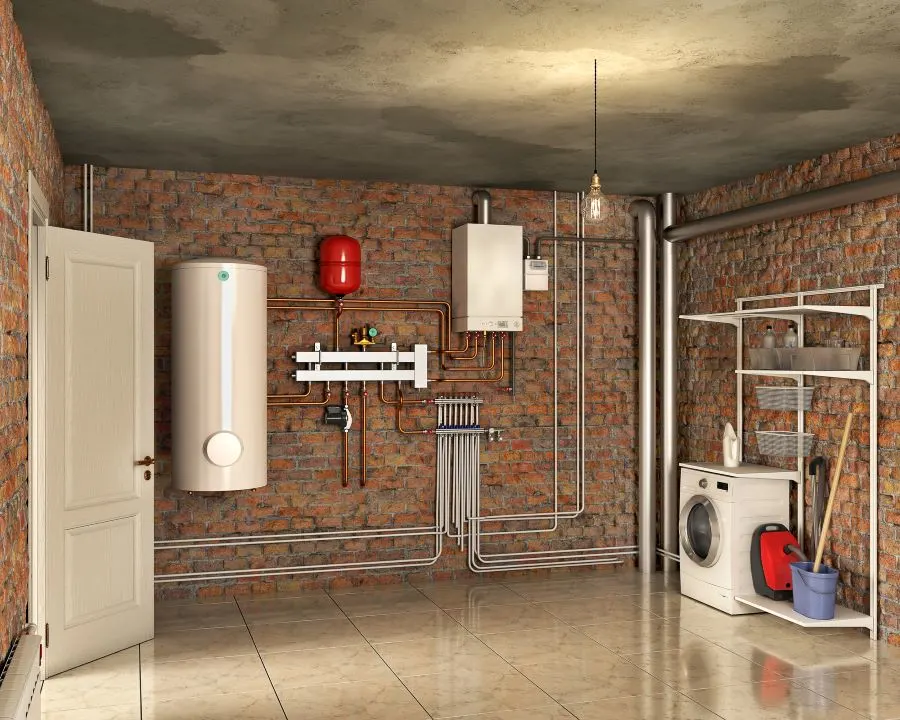
If you are trying to decrease the impact of the basement temperature on the rest of the house, but don’t plan on actively using the room, then a winter temperature between 50 °F and 55 °F will be fine.
If your basement is a garage, you probably don’t want it getting too cold in winter as that is not great for engine health. However, around 55 °F is probably still an acceptable temperature to prevent unnecessary damage to the car.
A comfortable living temperature for a room in winter is between 68 °F and 72 °F. So, if your goal is to use it as a family room or a playroom, you will need to aim for that range. A gym can be 65-68 °F for impact exercises, but probably more around 72 °F to even 80 °F for mobility exercises.
Optimal Energy Usage
The optimal winter temperature for saving energy is 68 °F, according to energy.gov. To save more, you can even decrease the temperature further while you sleep as a colder environment is considered to promote better sleep.
This recommendation of the ideal, energy-saving temperature does come with the caveat that you will need to experiment with whether you will be comfortable with this temperature.
A colder, unfinished basement during winter shouldn’t be a problem as long as it is not costing you in energy to maintain the temperature of the rest of your house.
In order to save energy, you want to have at least some insulation for the basement since you don’t want to fight nature too much.
What I mean by that is you don’t want to heat or cool the space more than necessary, which uses more energy. Insulation will provide a more moderate baseline temperature by protecting the basement from external temperatures.
Sources
https://www.vaporfresh.com/blog/what-is-the-ideal-temperature-and-humidity-for-a-gym/
https://www.vivint.com/resources/article/best-home-room-temperature
